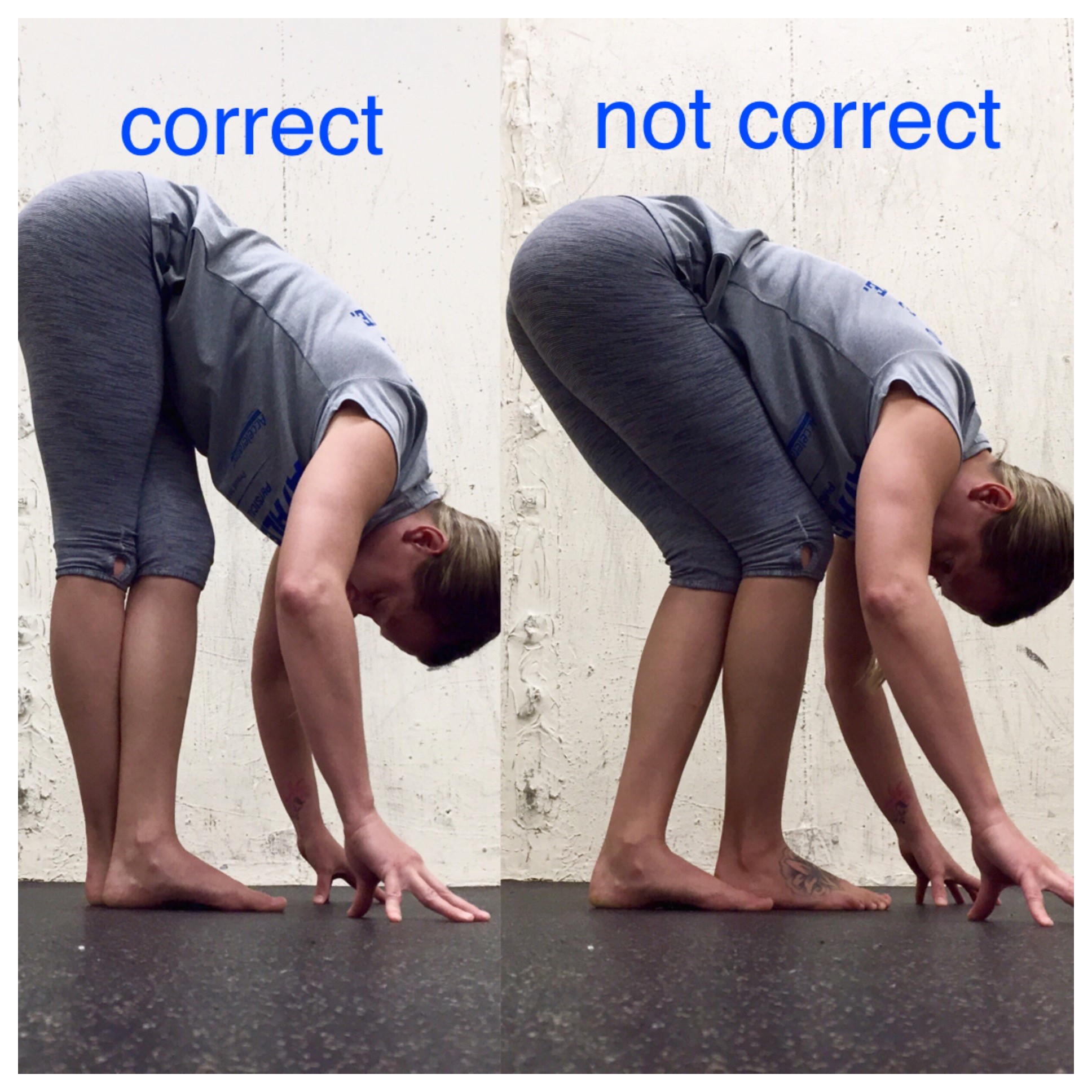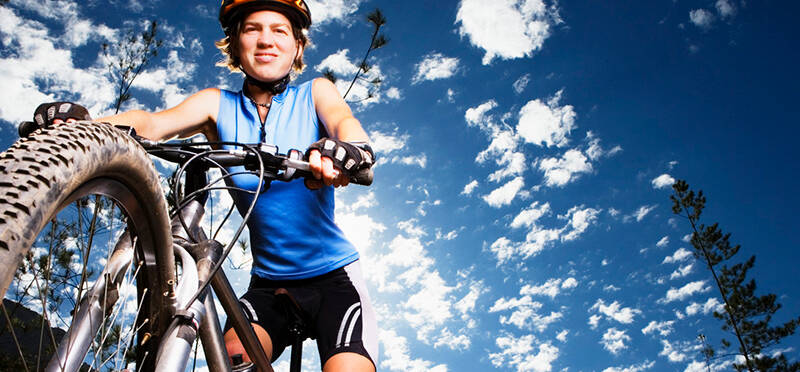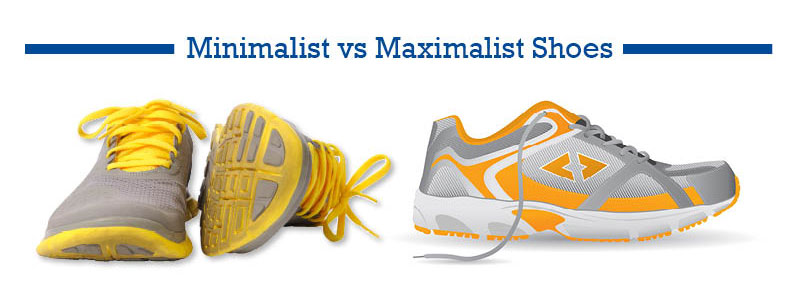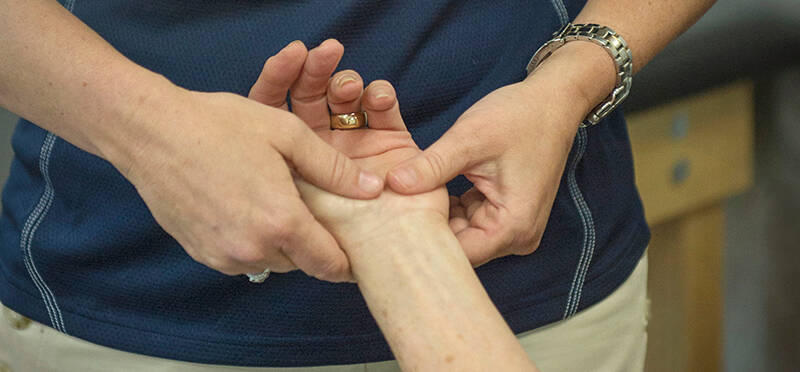Let’s Do The Twist: Maintaining Posture Throughout the Golf Swing
Posted on July 11, 2015 by Athletico
Today’s blog post is written by guest blogger Joe Estes, PT, DPT, CGFI. Joe is a physical therapist and Certified...
(more…)








